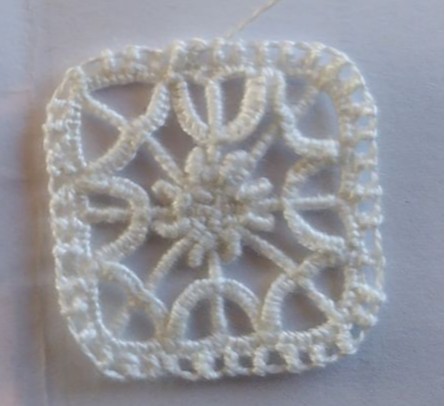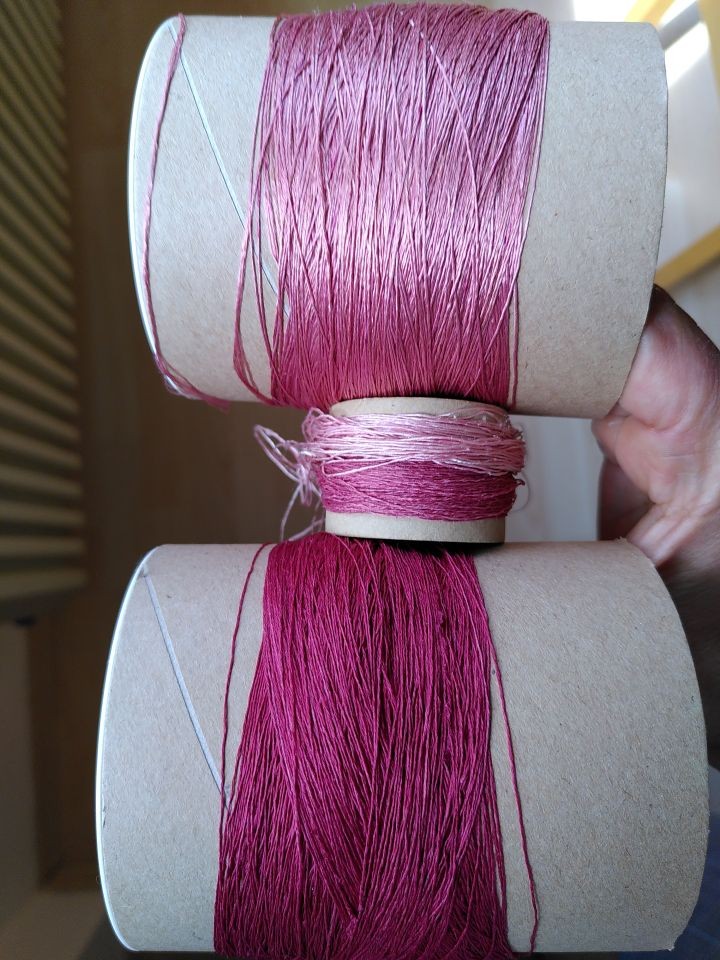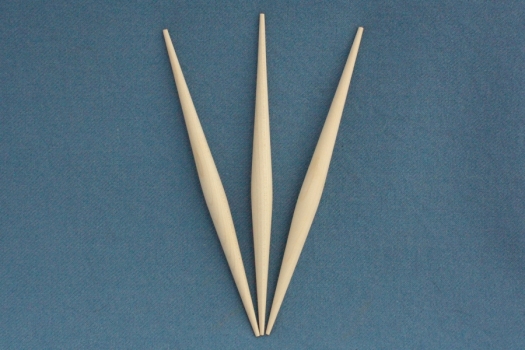I've mentioned the Bible as one of the gender-spinning-question related items in the last post (before the long weekend of Pentecost - just in case you wondered about yesterday's blog silence).
There are a few mentions of spinning in the Bible. Finding them is made relatively easy by the helpful BibleHub site, where you can look for keywords and then get information about them, and related terms as well.
One of the mentions of "spinning" is in Exodus 25:35, and it goes:
And every skillful woman spun with her hands, and they all brought what they had spun in blue and purple and scarlet yarns and fine twined linen.
Exodus 25:35, English Standard Version
The BibleHub site also lists the different translations, another very helpful feature.
So. Here it's "woman" in all versions. Another interesting bit, for our intents and purposes, is Proverbs 31:19, which is from a passage about the virtues of a noble woman:
In her hand she holds the distaff and grasps the spindle with her fingers.
Proverbs 31:19, New International Version
In this part, spinning is closely linked to women, and especially virtuous (as in good) women. The making of yarn, and cloth, and further on in the passage clothing the family, is something mentioned as a positive aspect.
If that connection was seen as a strong one (which would be sort of standing to reason, given the importance of textiles and textile manufacture), it is not a great jump to using it as a kind of symbol in artworks to signal that a specific woman would be one that is virtuous/good/productive.
Spinning can also be seen as negative, though - it depends on the context. You can read more about the topic in "Equally in God's Image: Women in the Middle Ages".
However, in both cases it's very much associated with the female gender.
The question remains: How much of the women-only impression that we get from our sources is due to representation bias? Were there men spinning in the Middle Ages, in relevant numbers? How about children - male and female? It would be really, really interesting to know more about this - also because finding out whether there's a strong representation bias in this case might give an insight in possible other representation biases.






